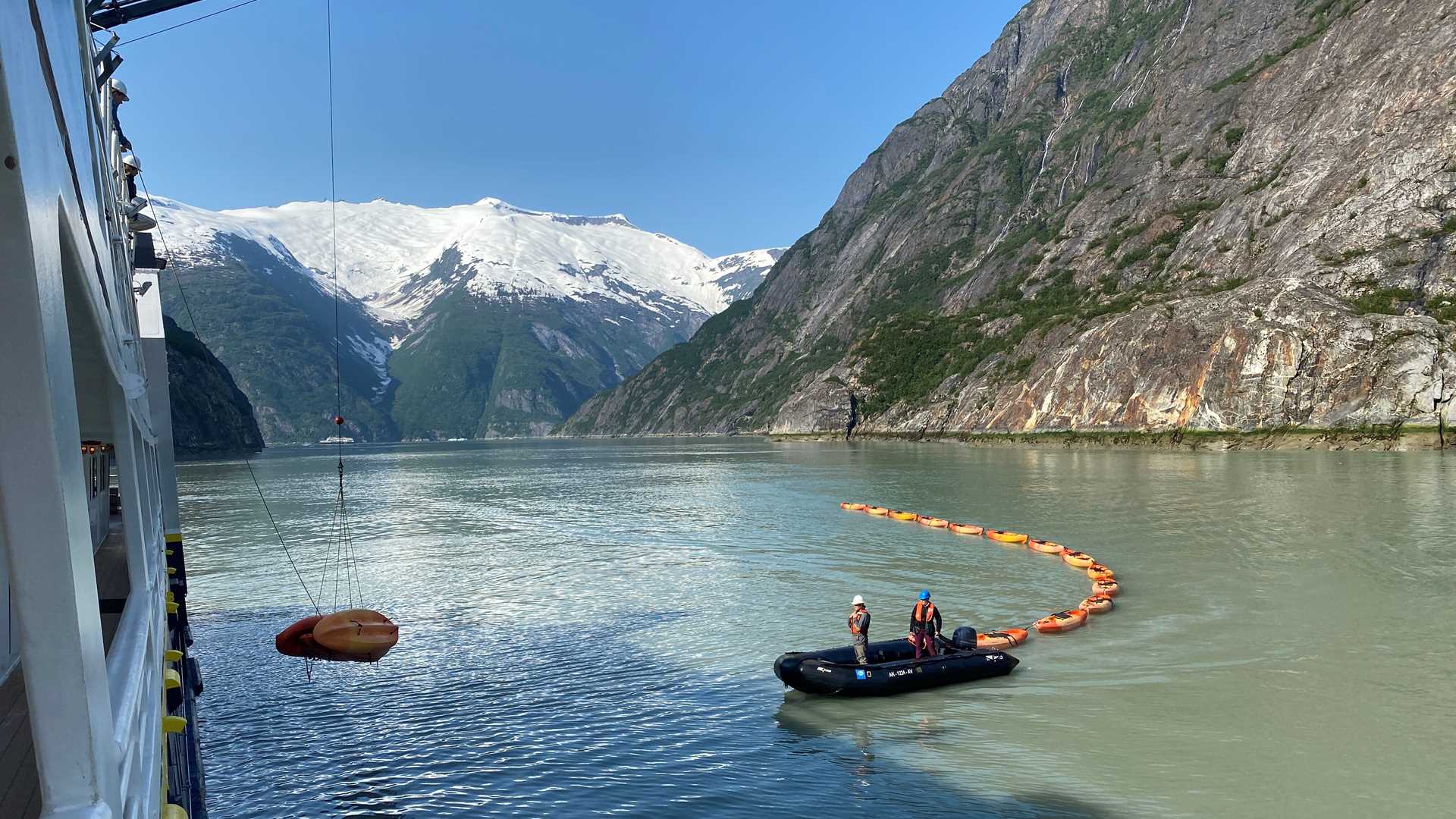We had a great day exploring Alaska today! Take a look at our photos and read the captions to learn more.
Call +1.800.397.3348 or contact your travel advisor
Call +1.800.397.3348 or contact your travel advisor

View all info
We had a great day exploring Alaska today! Take a look at our photos and read the captions to learn more.
Kelly spent her childhood and adolescence in Maryland, exploring the wonders of the natural world wherever she could. This innate curiosity about the environment around her led Kelly to question why people and animals were driven to live their lives ...
Read MoreShare Report
6/5/2025
Read
National Geographic Sea Lion
Guests greeted the day from the bow of the National Geographic Sea Lion , photographing the dramatic mist adorning the steep fjord walls of Tracy Arm. We set out in kayaks to explore the surrounding waterfalls and icebergs. After a warming lunch on board, we headed out again, this time via our Zodiacs, cruising toward the face of the glacier to view the spectacular blue hues and nearby pupping harbor seals.
6/4/2025
Read
National Geographic Sea Lion
Today we explored a special place in southeast Alaska, Kuiu and Keku Islands, which have a remarkable amount of wildlife to enjoy. Starting with Zodiac cruises, we found minks, Sitka black-tailed deer, sea otters, harlequin ducks, bald eagles, and harbor seals. Kuiu Island also has one of the highest densities of black bears, and here we could explore the island by foot, surrounded by the temperate rain forest in the heart of the black bear’s realm.
6/3/2025
Read
National Geographic Sea Lion
This morning we arrived at Wrangell, a small Alaskan town with a lot of history. The Tlingit people have called this area home for centuries and provided guests with wonderful opportunities to learn about their culture. We visited Chief Shakes’ house, which is a replica of the traditional Tlingit clan house. Inside we met a cultural interpreter who described the intricate carvings inside the clan house and told us of Tlingit traditions. In addition to this cultural experience, guests had the opportunity to explore a petroglyph beach and search for thousand-year-old rock carvings. For those interested in photography there was a photo walk around town and to the Cultural Center and Carving Shed, where we witnessed a master carver working on a totem pole. If that was not enough, we had guests on e-bikes and a jet boat tour up the Stikine River. It was a full day packed with cultural and adventurous opportunities.